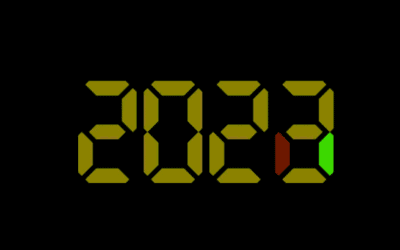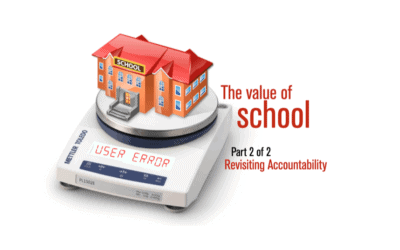I have been thinking about the relationship between ambigrams and mathematics – instigated in no small part by an email conversation with Gaurav Bhatnagar. That inspired me to create ambigrams of words that are related to mathematics. There are a few ideas percolating but the first one that came through was the one below— a mirror reflection ambigram of the word “Algebra.” I like this design particularly the manner in which the “e” separates the left-hand-side from the right-hand-side of the equation. This effect is heightened (at least in my mind) in the fact that the “E” looks like an equal-to sign (except with an extra stroke thrown in).
Here it is




I like the way you show the relationship between ambigram and maths. Its an creative thing through this some thing new come out of it, which also has some essence of maths.
Hi Punya!
I love your musings on the relationship between ambigrams and math. I definitely agree with you!
Your “Algebra” ambigram is really clever. I can’t wait to what else you come up with.
By the way, your “equation” here is perfectly valid as is (there is no extra stroke). A two-stroke equal signs means “is equal to”, and a three-stroke sign means “is equivalent to”.
In fact, I do believe that your equation is even more accurate with the left side being “equivalent” (but not equal) to the right side.
If you are interested, there is more on equivalence here:
http://mathworld.wolfram.com/Equivalent.html
Have a great one!
– Mark